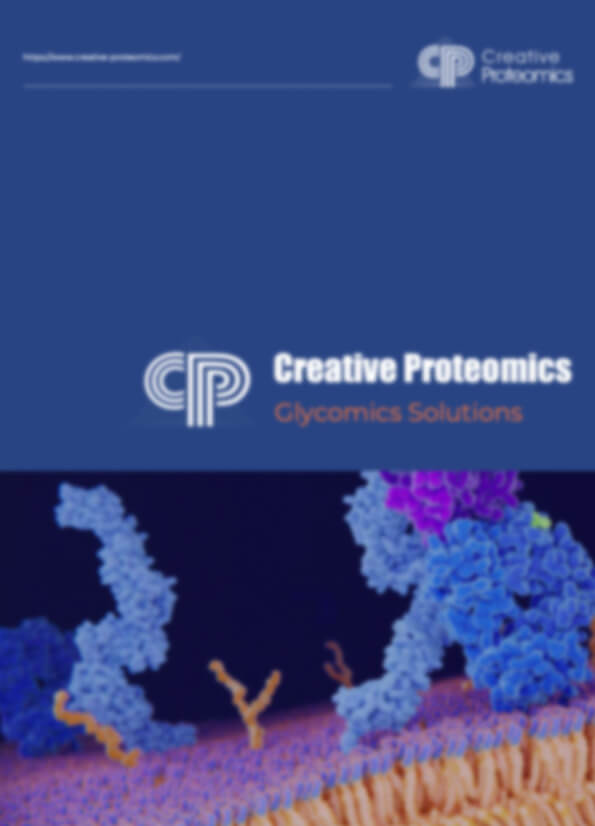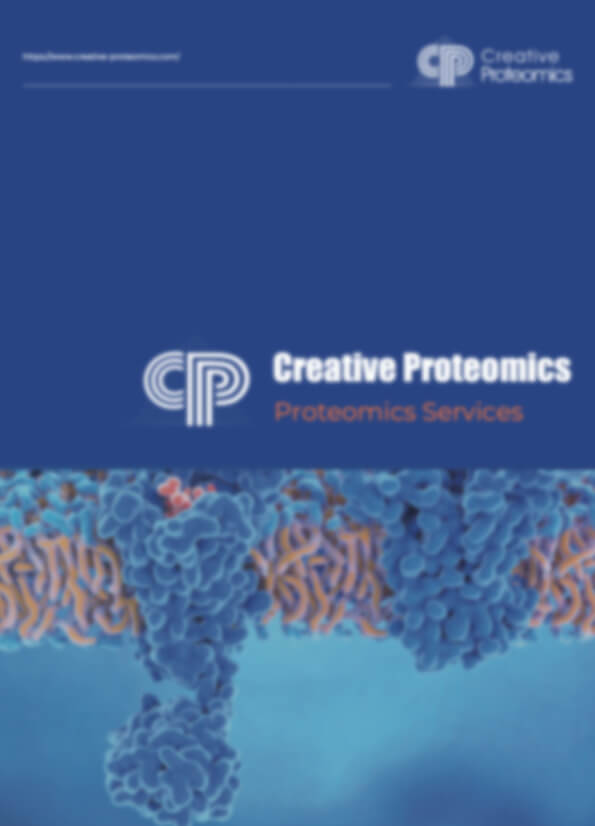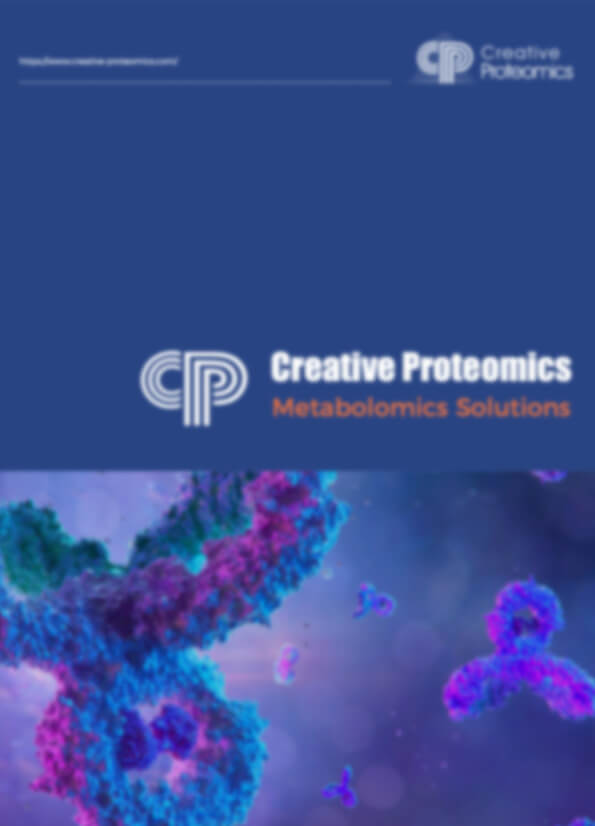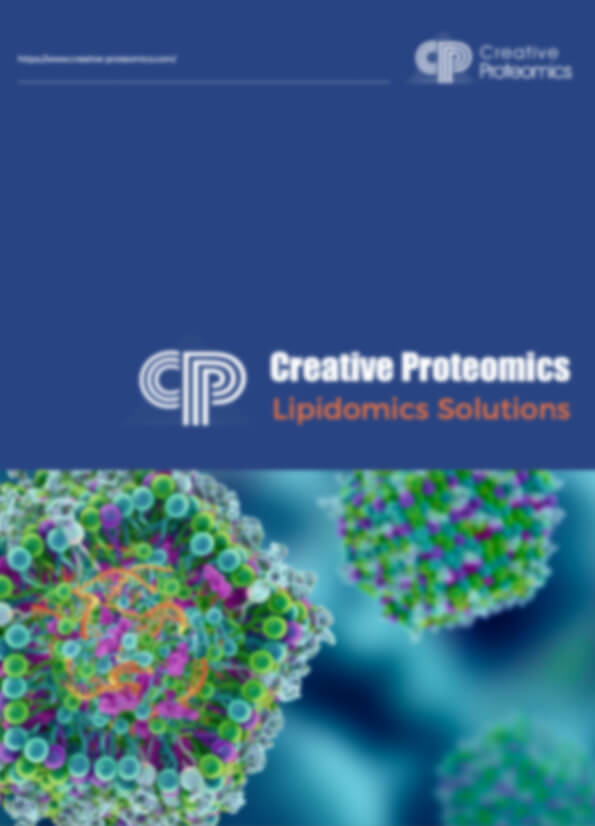- Service Details
- FAQ
The Agilent 6540 UHD accurate-mass quadrupole time-of-flight (Q-TOF) mass spectrometer is an accurate mass MS/MS instrument based upon quadrupole and time-of-flight technology. Creative Proteomics provides the Agilent 6540 Q-TOF platform which can deliver exceptional sensitivity, dynamic range, isotopic fidelity, mass accuracy and resolution to meet your most challenging research needs.
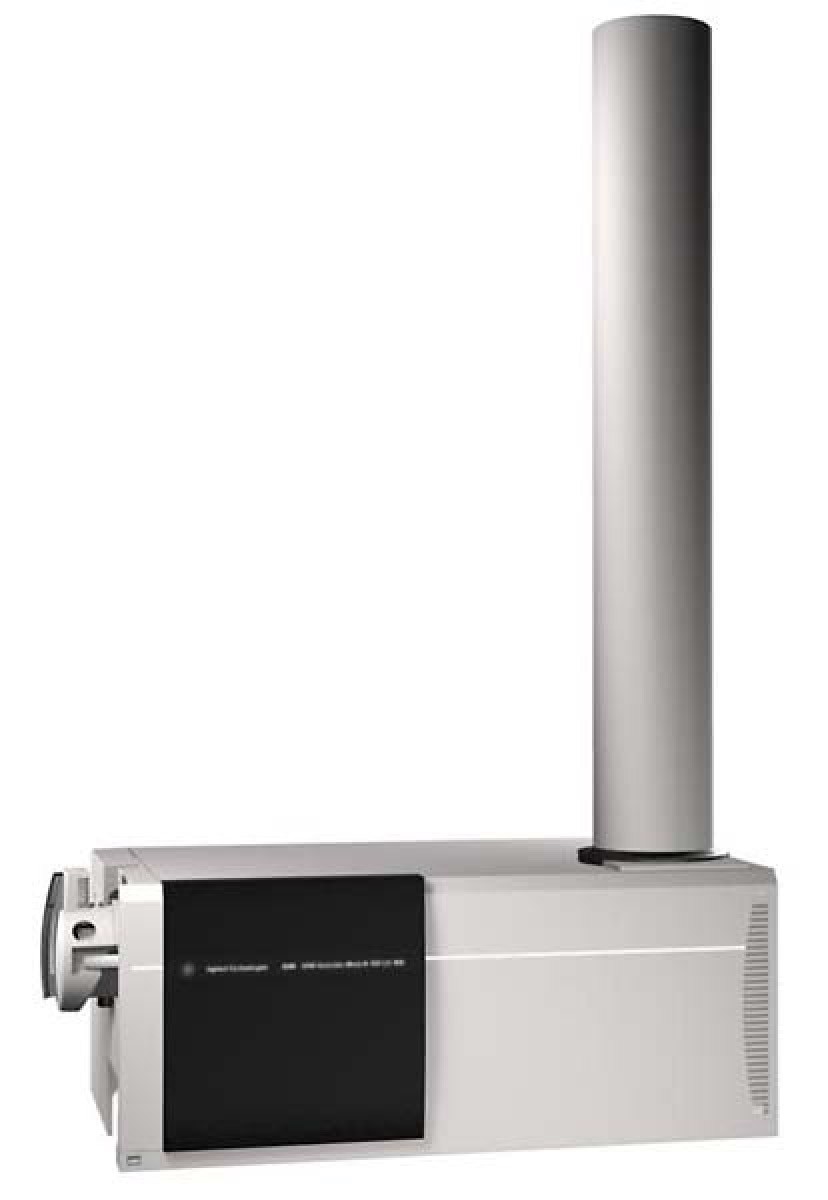 Figure 1. The Agilent 6540 UHD Accurate-Mass Q-TOF mass spectrometer
Figure 1. The Agilent 6540 UHD Accurate-Mass Q-TOF mass spectrometer
Service Offerings of Creative Proteomics with Agilent 6540 UHD Quadrupole Time-of-Flight Accurate-Mass Mass Spectrometer
The Agilent 6540 UHD Accurate Mass Q-TOF with Agilent Jet Stream technology, IBC, EMT, and MassHunter Workstation data mining tools can provide sensitive, accurate-mass MS and MS/MS analyses with high resolution. The exceptional MS and MS/MS performance enables the 6540 Q-TOF system to support demanding applications.
Protein and Peptide Identification and Characterization
Our expertise includes comprehensive protein and peptide identification and characterization services using the Agilent 6540 Q-TOF mass spectrometer. With its exceptional mass accuracy and resolution capabilities, coupled with advanced data analysis software, we ensure accurate identification of proteins and peptides even in complex biological samples. This service is essential for proteomics research, biomarker discovery, and protein profiling studies.
Metabolomics and Metabolic Profiling
Creative Proteomics offers specialized metabolomics and metabolic profiling services powered by the Agilent 6540 Q-TOF mass spectrometer. We conduct targeted and untargeted metabolite analysis to study metabolic pathways, identify biomarkers, and understand metabolic changes in biological systems. Our approach integrates advanced chromatographic techniques with precise mass spectrometry to provide comprehensive metabolomic insights.
Small Molecule Analysis and Compound Profiling
Utilizing the Agilent 6540 UHD Q-TOF mass spectrometer, we perform detailed small molecule analysis and compound profiling. This includes accurate mass determination, structural elucidation, and quantification of small molecules in diverse sample matrices. Our capabilities support applications in pharmaceuticals, environmental analysis, forensics, and food safety, ensuring precise identification and characterization of chemical compounds.
Natural Products Screening and Analysis
Creative Proteomics facilitates natural products screening and analysis using the Agilent 6540 Q-TOF mass spectrometer. We employ advanced spectral analysis techniques to identify and profile natural products, including secondary metabolites, plant extracts, and microbial compounds. This service is vital for drug discovery, herbal medicine research, and agricultural biotechnology applications.
Combinatorial Chemistry Target Compound Analysis
Our services extend to combinatorial chemistry target compound analysis, where the Agilent 6540 Q-TOF mass spectrometer plays a crucial role in high-throughput screening and structural confirmation of synthesized compounds. We offer rapid and accurate analysis to support medicinal chemistry, chemical synthesis optimization, and compound library screening efforts.
Data Mining and Analysis Capabilities
To enhance the utility of our mass spectrometry services, Creative Proteomics utilizes advanced data mining and analysis tools such as the Agilent MassHunter software. This software enables efficient data processing, peak deconvolution, and automated compound identification using accurate mass and retention time information. Our sophisticated algorithms facilitate comprehensive data interpretation and reporting for enhanced research outcomes.
Expert Consultation and Customized Solutions
Recognizing the diverse needs of our clients, Creative Proteomics provides expert consultation and customized solutions using the Agilent 6540 Q-TOF mass spectrometer. Our team of experienced scientists collaborates closely with researchers to design tailored experimental protocols, optimize analytical workflows, and address specific scientific inquiries effectively.
The Structure of Agilent 6540 Q-TOF Mass Spectrometer
The Agilent 6540 Q-TOF mass spectrometer consists of an ion source, the ion optics, quadrupole, collision cell, ion beam shaper, TOF mass analyzer, and ion detection.
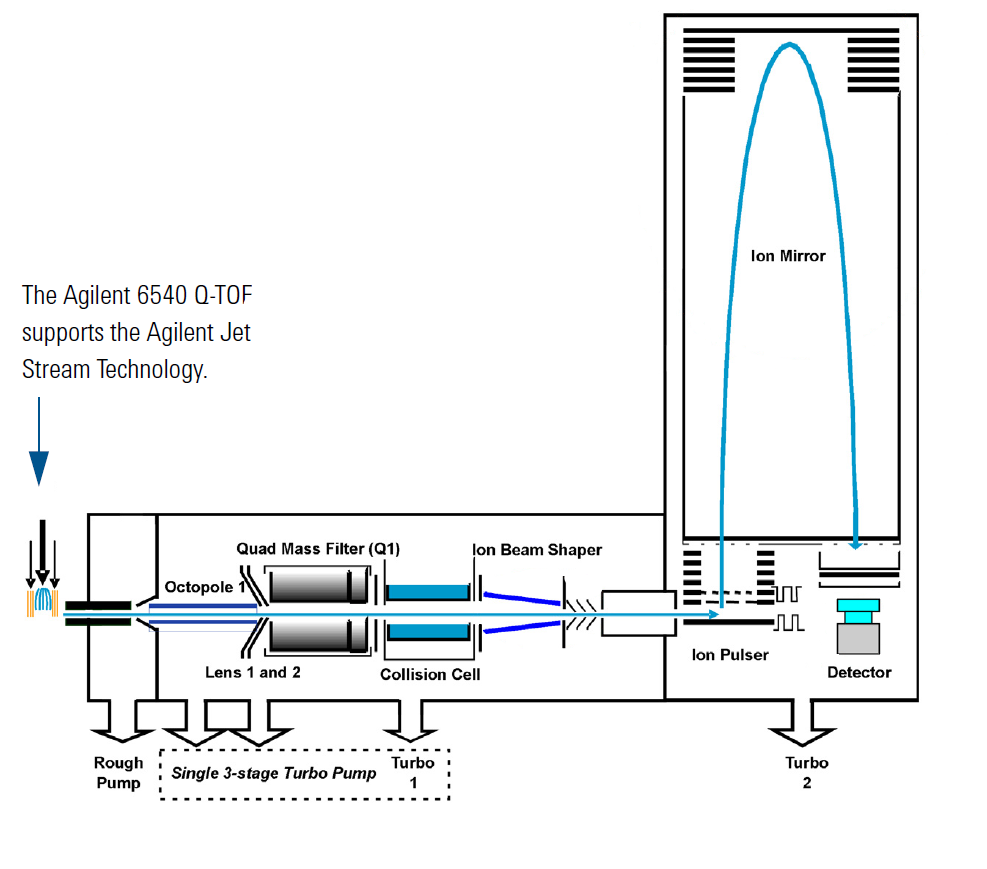 Figure 2. Schematic of Agilent 6540 UHD Accurate-Mass Q-TOF LC/MS
Figure 2. Schematic of Agilent 6540 UHD Accurate-Mass Q-TOF LC/MS
Ion Source
In the ion source, the sample is ionized. This instrument contains several atmospheric pressure ionization sources, including electrospray ionization (ESI), chemical ionization (APCI), and JetStream ESI. The JetStream ESI, ESI with Agilent Jet Stream Technology, uses super-heated nitrogen sheath gas to confine the electrospray. Ion density and desolvation are improved, leading to higher MS signal intensities and reduced noise. The MS and MS/MS sensitivity can improve 5 to 10 fold by Agilent Jet Stream technology at optimal LC flow rates.
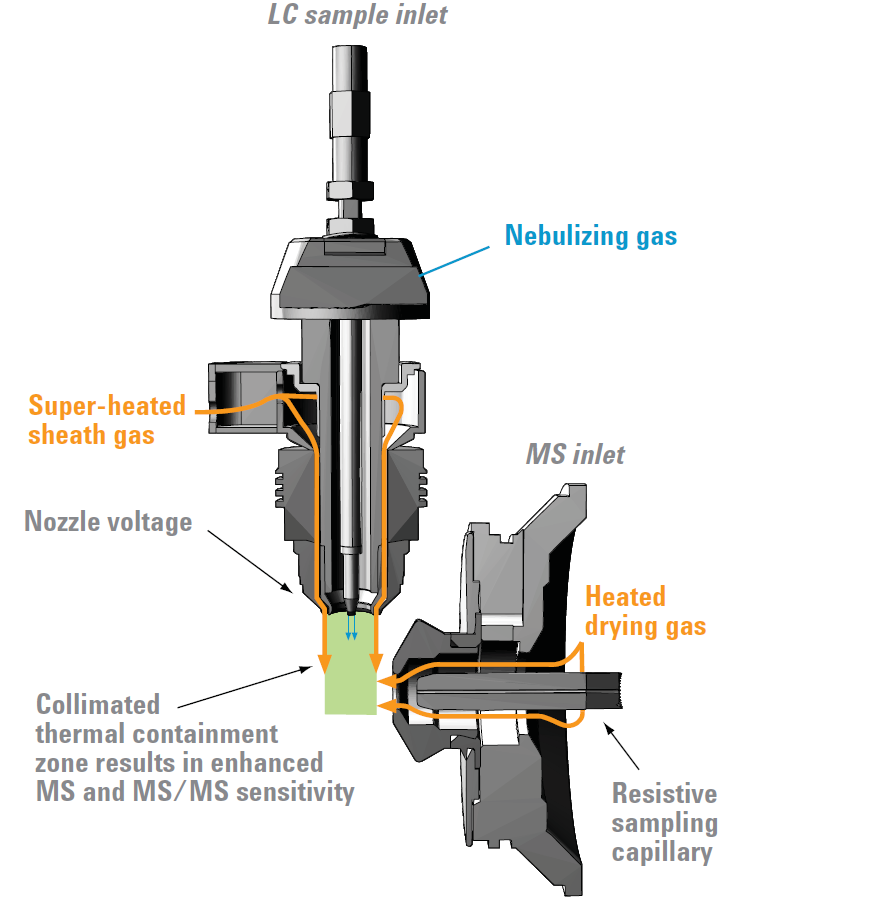 Figure 3. ESI with Agilent Jet Stream Technology
Figure 3. ESI with Agilent Jet Stream Technology
Ion Optics
Ion optics contain skimmer, octopole ion guide, and lens. Sample ions produced in the ion source are electrostatically drawn through a drying gas and then pneumatically conducted through a heated sampling capillary into the first stage of the vacuum system. The skimmer can deflect the majority of drying gas and solvent vapor. After passing through the skimmer, the ions pass into the octopole ion guide, where the ions are immediately focused. An octopole ion guide is a set of small parallel metal rods with a common open axis.
Quadrupole
The quadrupole, consisting of four parallel metal rods, works as a mass filter. Only selected m/z ions can pass through the rods while other ions will collide with the rods. The hyperbolic rods can optimize ion transmission and spectral resolution. The end section of the quadrupole also consists of short hyperbolic rods, but their radio frequency (RF) voltages are only high enough to guide ions into the collision cell.
Collision Cell
Collision cell, where the selected ions are fragmented, is a high pressure hexapole assembly with its axial acceleration adjusted to maximize sensitivity while eliminating crosstalk. A collision energy voltage is applied over the accelerating linear voltage to generate fragments or product ions. The hexapole assembly is small diameter, helping capture fragmented ions. The geometry of a hexapole offers advantages in ion focusing and ion transmission. The collision cell is comprised of six resistively coated rods that are used to produce a potential difference across the length of the collision cell. In this way, precursor ions or fragment ions are transmitted and not allowed to drift around at random.
Ion Beam Shaper
The ion beam shaper provides 10-fold compression and cooling to create a denser and thinner ion beam that passes through a narrower slit leading into the slicer and pulser region. To facilitate ion beam shaping, lenses focus the ions, so the ions will enter the TOF analyzer as a parallel beam. The more parallel the ion beam, the higher the resolution in the resulting mass spectrum.
Time-of-Flight Mass Analyzer
The nearly parallel beam of ions passes into the ion pulser of TOF. A high voltage (HV) is applied to the ion pulser to start the flight of the ions to the detector. The ions leave the ion pulser travel through the flight tube, which is about one meter in length. At the end of the flight tube, there is an ion mirror, called reflectron, which reflects the ions near the end of the flight tube. The reflectron increases the resolving power of the instrument by effectively doubling the flight distance in the same space, and by performing a refocusing operation so that ions having different initial velocities still arrive simultaneously at the detector.
Ion Detection
The ion detect contains a microchannel plate (MCP), a scintillator, and a photomultiplier tube (PMT). When ions hit the front surface of the MCP, an electron escapes and begins the process of electrical signal amplification. Then, these ions are focused onto a scintillator that can produce a flash of light when struck by electrons. The light produced by the scintillator passes to the PMT with a signal output at ground potential.
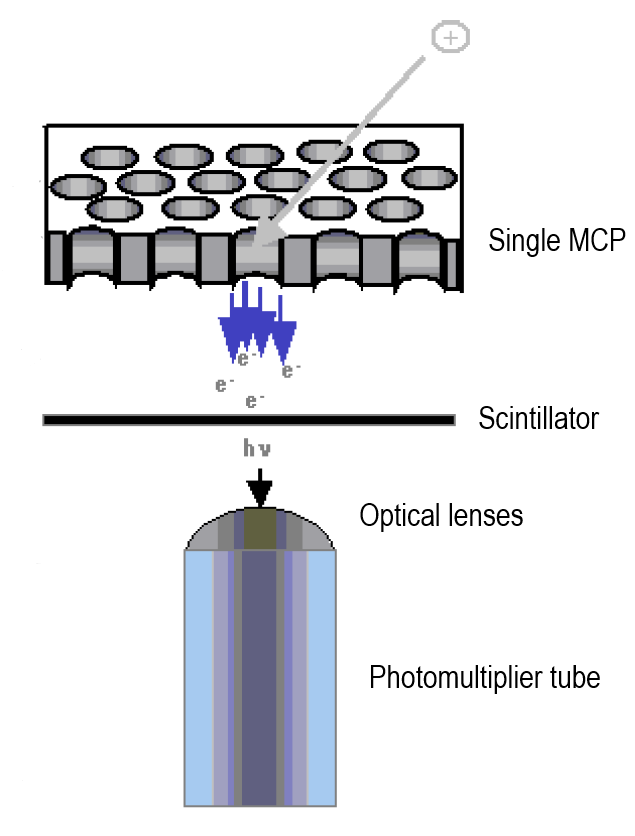 Figure 4. Ion detector of Agilent 6500 Q-TOF series.
Figure 4. Ion detector of Agilent 6500 Q-TOF series.
The Principle of Q-TOF Mass Spectrometer
The quadrupole mass analyzer can separate ions according to their mass-to-charge ratios (m/z) by using the stability of the trajectories in oscillating electric fields. As shown in Figure 5A, it consists of four parallel metal rods, and radio frequency (RF) voltage with a DC offset voltage is applied between one pair of rods and the other. It can work as a mass filter to transmit only ions of a selected m/z value to achieve a stable trajectory. Ions with other m/z values collide with the rods or walls and cannot pass the rods.
As shown in Figure 5B, the derivation process clearly reveals that the time of flight of ions varies with the square root of m/z in the linear TOF. Therefore, under the ideal state, the lighter ions will arrive earlier at the detector than the heavier ions. In Agilent 6540 Q-TOF mass spectrometer, the reflectron TOF analyzer, consisting of a series of ring electrodes with high voltage, can correct the kinetic energy distribution in the direction of ion flight and increase resolution. The ions with more energy penetrate deeper into the reflectron, while the less energetic ions of the same m/z penetrate a shorter distance into the reflectron. In that way, the detector receives ions of the same m/z at (about) the same time.
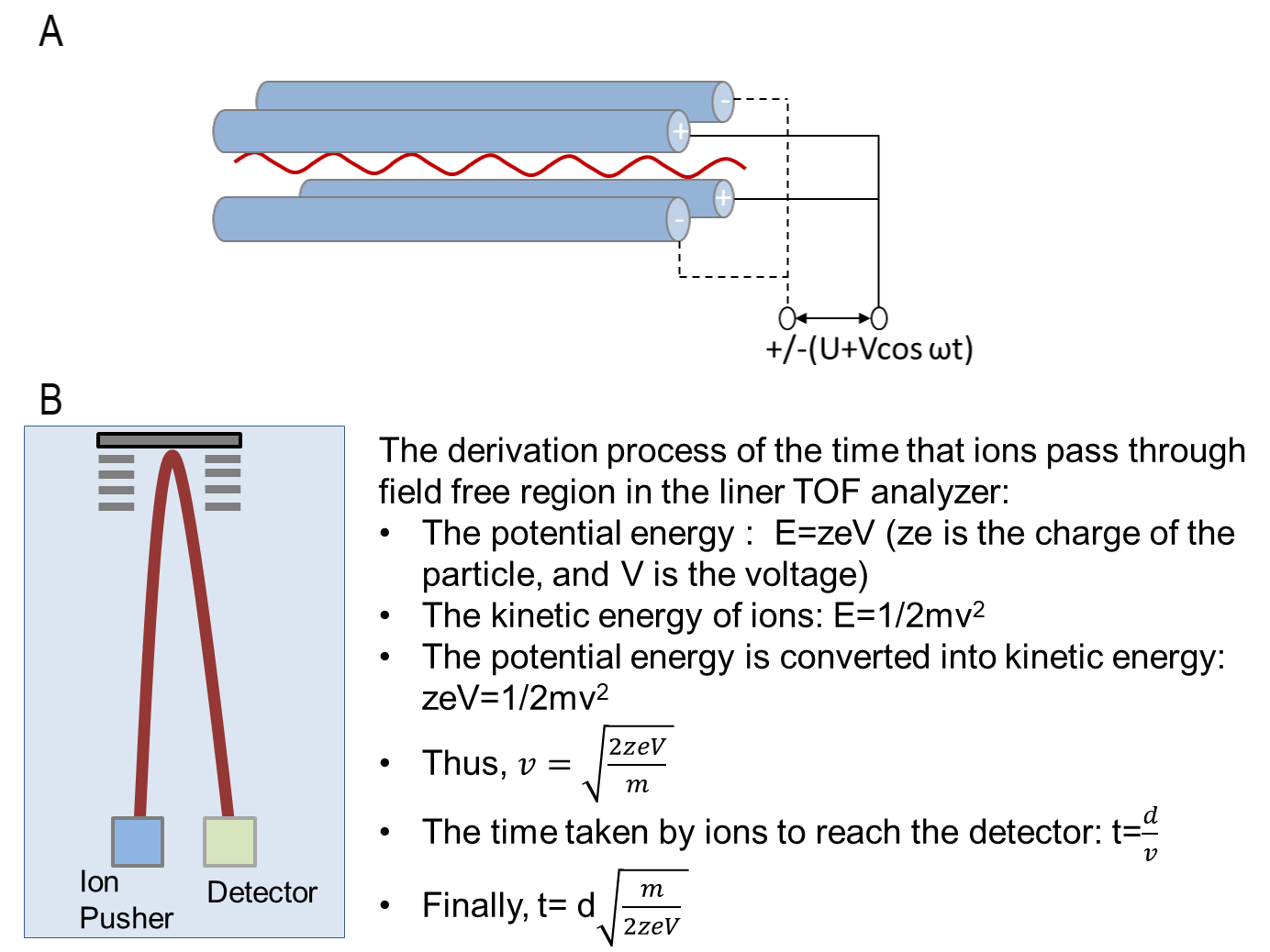 Figure 5. A) Schematic diagram of the quadrupole mass analyzer and B) Reflector TOF analyze
Figure 5. A) Schematic diagram of the quadrupole mass analyzer and B) Reflector TOF analyze
Working Mode of Agilent 6540 Q-TOF Mass Spectrometer
TOF Mode
The Quadrupole is under the situation of Total Transmission Ion (TTI), which means all ions can pass the quadrupole. The collision cell does not fragment the ions and works as ion transmission devices. The TOF mass analyzer is in the scan mode and can directly detect the ions. The mass spectrum obtained from the TOF mode is equivalent to the one from the single TOF mass analyzer.
Auto MS/MS Mode
In this mode, the instrument can automatically perform secondary mass spectrometry on qualified ions according to the conditions set by users. When a particular ion or a set of ions meet the set conditions, the quadrupole is in the selected ion monitoring (SIM), and the collision cell can fragment ions. Then the fragment ions can be scanned by TOF and get a mass spectrum. The auto MS/MS mode is commonly used for unknown compounds identification and structure analysis.
Targeted MS/MS Mode
In this mode, only the ions targeted by users can get mass spectrum. Similar to the auto MS/MS mode, the quadrupole is in SIM, and the collision cell can fragment ions. Then the fragment ions can be scanned by TOF and get a mass spectrum. This mode is useful for the quantitative analysis, identification of known compounds, and structural elucidation.
Features of Agilent 6540 UHD Quadrupole Time-of-Flight Accurate-Mass Mass Spectrometer
- Powerful Data Mining and Analysis Capabilities: The MassHunter software of Agilent makes mass spectrometry analysis faster, simpler, and more efficient. A sophisticated algorithm can automatically retrieve all information for each component, including overlapping and co-eluting peaks, so saving hours of analysis time. In addition, MassHunter software can use public and software database for automated and accurate searches to make compound identification easier. Pesticides, forensics, toxicology, and other small molecule compounds can be screened and identified using a chemical formula generated from accurate mass MS or MS/MS data and an accurate mass and retention time database.
- Clearly better performance: The Agilent 6540 Q-TOF with Ion Beam Compression (IBC) and Enhanced Mirror Technology (EMT) can improve mass accuracy and resolution. The IBC compresses and cools the ion beam into a very dense layer of ions for enhanced mass resolution and mass accuracy with minimum sensitivity loss. In addition, as mentioned above, the Agilent Jet Stream technology can improve sensitivity performance.
What is quadrupole time-of-flight mass spectrometry?
Quadrupole Time-of-Flight Mass Spectrometry (QTOF-MS) is an advanced analytical technique that combines the capabilities of a quadrupole mass filter with a time-of-flight mass analyzer. This combination enables high-resolution, high-accuracy mass measurements and detailed structural information of analytes. In QTOF-MS, ions are first filtered by their mass-to-charge ratio (m/z) using the quadrupole, and then their flight time is measured in the time-of-flight analyzer to determine their precise m/z values.
What is the difference between quad and TOF?
The primary difference between quadrupole (quad) and time-of-flight (TOF) lies in their principles and functionalities within mass spectrometry:
- Quadrupole Mass Analyzer (Quad): This device uses oscillating electric fields to filter ions based on their m/z ratios. It can selectively allow ions of a specific m/z to pass through while blocking others, making it highly effective for targeted analysis and precursor ion selection.
- Time-of-Flight Mass Analyzer (TOF): This analyzer measures the time it takes for ions to travel a fixed distance after being accelerated to the same kinetic energy. Since ions with different m/z ratios travel at different velocities, TOF provides accurate mass determination with high resolution and sensitivity.
What is time-of-flight in mass spectrometry?
Time-of-flight (TOF) in mass spectrometry refers to the process of measuring the time it takes for ions to travel from the ion source to the detector over a known distance. Ions are accelerated to the same kinetic energy, causing those with smaller m/z ratios to travel faster and reach the detector sooner than those with larger m/z ratios. By recording the flight time, the TOF analyzer can determine the m/z values of the ions with high accuracy and resolution.
What are the advantages of QTOF MS?
QTOF MS offers several advantages, making it a powerful tool for various analytical applications:
- High Resolution and Accuracy: QTOF MS provides high mass resolution and accurate mass measurements, enabling precise identification of compounds and structural elucidation.
- Wide Mass Range: It can analyze a broad range of molecular weights, making it suitable for studying small molecules, peptides, and large biomolecules.
- High Sensitivity: The combination of quadrupole filtering and TOF detection enhances the sensitivity, allowing for the detection of low-abundance analytes.
- Fast Analysis: QTOF MS allows rapid data acquisition and analysis, making it suitable for high-throughput applications.
- Versatility: It is compatible with various ionization techniques, such as electrospray ionization (ESI) and matrix-assisted laser desorption/ionization (MALDI), broadening its application range.
- Accurate Quantification: QTOF MS provides reliable quantitative data, essential for proteomics, metabolomics, and other quantitative studies.
What is quadrupole advantages and disadvantages?
Quadrupole mass spectrometry (quad MS) is a widely used technique in analytical chemistry and various scientific fields. It offers several advantages and disadvantages, as outlined below:
Advantages:
- High Sensitivity and Specificity: Quadrupole mass analyzers can selectively filter ions based on their mass-to-charge (m/z) ratios, providing high sensitivity and specificity for targeted analysis.
- Versatility: Quadrupole MS can be used for a wide range of applications, including environmental analysis, pharmaceuticals, clinical diagnostics, and more.
- Fast Scanning Speed: Quadrupoles can quickly scan across a range of m/z values, allowing for rapid data acquisition and analysis.
- Quantitative Accuracy: Quadrupole MS offers reliable quantitative measurements, which are essential for many applications such as pharmacokinetics and biomarker quantification.
- Compatibility: Quadrupole analyzers can be coupled with various ionization techniques, including electrospray ionization (ESI) and atmospheric pressure chemical ionization (APCI), enhancing their applicability.
Disadvantages:
- Limited Resolution: Quadrupole MS typically has lower mass resolution compared to other high-resolution techniques like time-of-flight (TOF) or Fourier-transform ion cyclotron resonance (FT-ICR) mass spectrometry.
- Mass Range Limitations: The effective mass range of quadrupole analyzers is generally lower than that of TOF or other high-mass-range analyzers, which may limit the analysis of very large molecules.
- Unit Mass Resolution: Quadrupole MS often provides unit mass resolution, which can be insufficient for distinguishing between ions with very similar m/z ratios.
- Lower Sensitivity for Complex Mixtures: While quadrupoles are sensitive, they may struggle with very complex mixtures or very low-abundance analytes compared to some high-resolution techniques.
- Potential for Mass Drift: Over time, quadrupole mass analyzers can experience mass drift, which may require frequent calibration to maintain accurate mass measurements.
